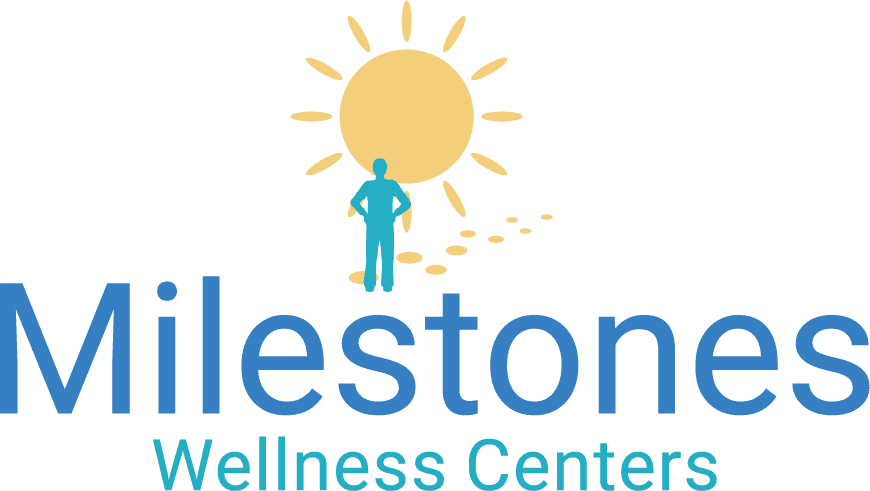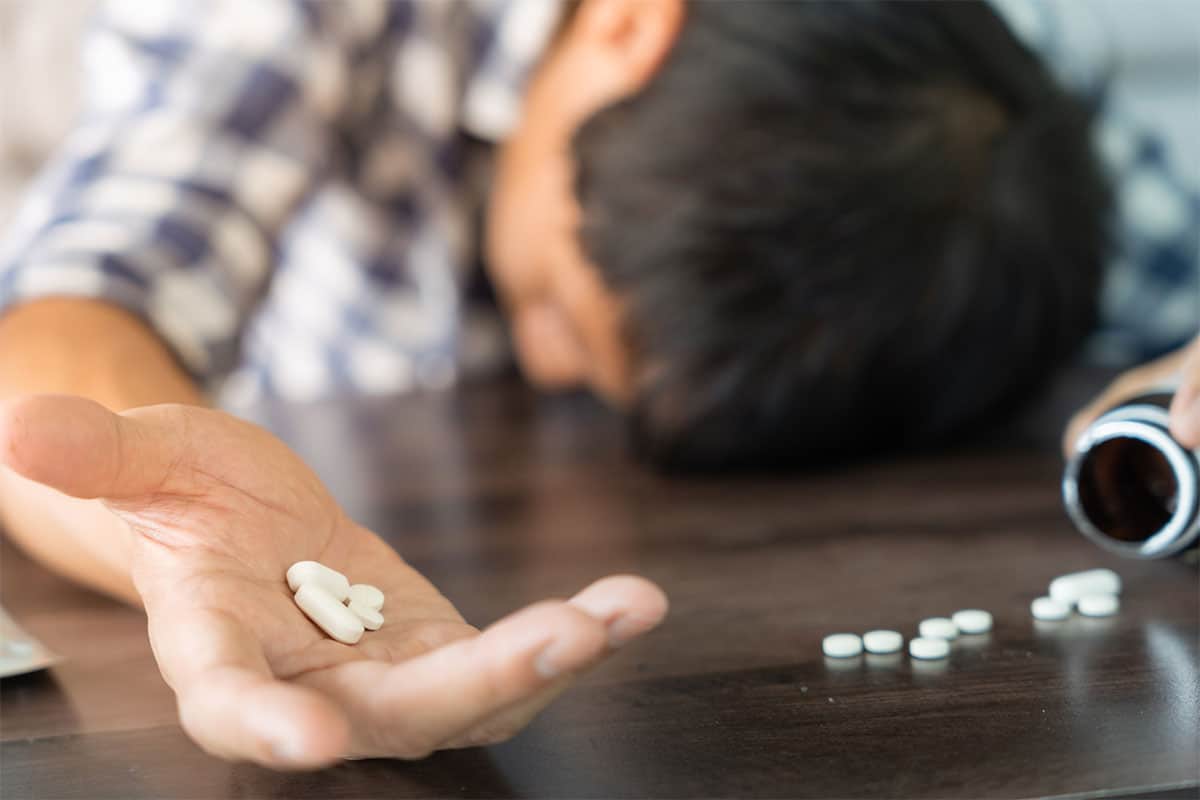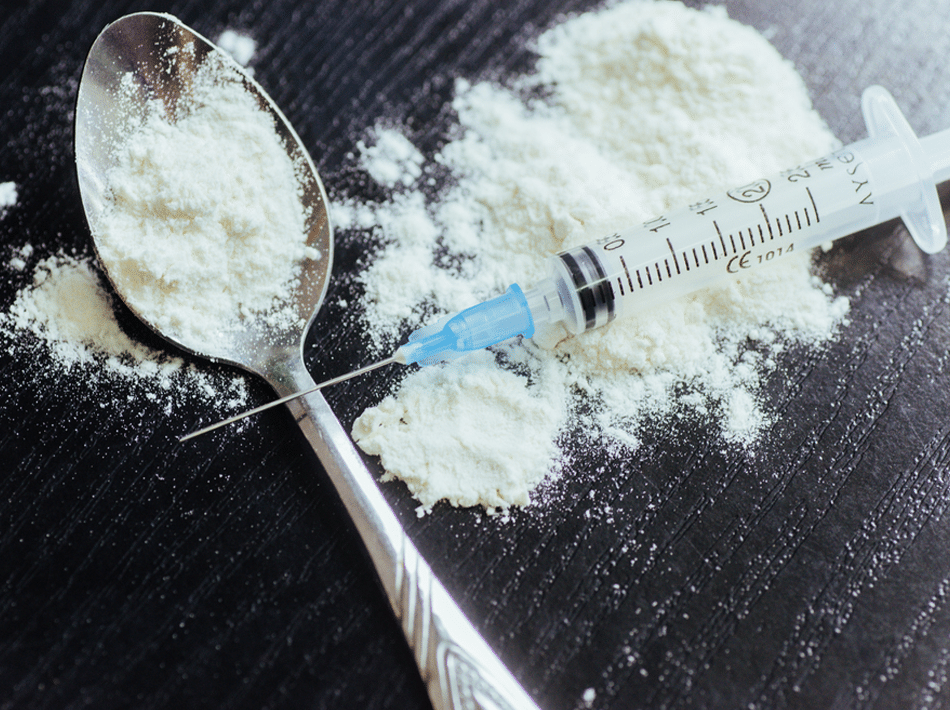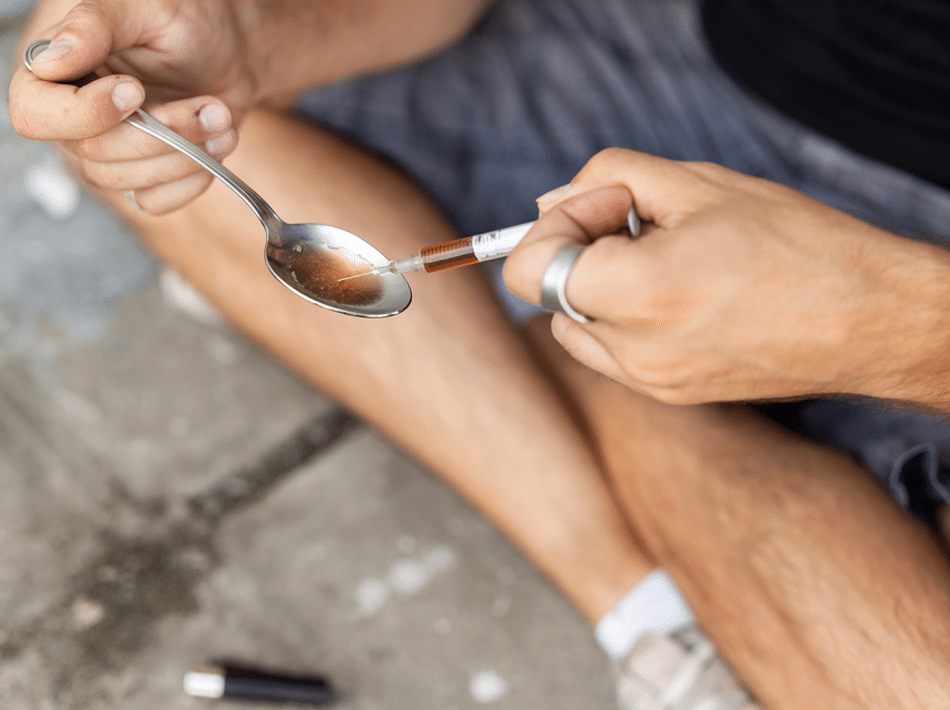Breaking the Stigma: The Need for Compassion and Understanding
A very hard obstacle in the realm of substance abuse and especially with Opioid Use Disorder are the stigmas surrounding the disorder and the areas of treatment for opioid addiction. One thing that is needed overall regarding addiction in general is both compassion and understanding. Both compassion and understanding is a large premise of the philosophy here at Milestones Wellness Centers regarding addiction and the treatments provided. One way of breaking the stigmas associated with addiction and the treatments provided is through education on the subject. The reasons for opioid addiction vary greatly from person to person. And regardless of the reason the outcome is the same, it is a debilitating disorder that negatively impacts the lives of those suffering from opioid addiction as well as often those associated with the person, whether it is their children, friends, and/or family.
Many that are affected by opioid addiction did not start using opioids recreationally. The opioid epidemic began back in the 1990s, with many drawing a line between the beginning of this epidemic and the first release of OxyContin in 1996. At this time medical providers were misled about the addictive nature of the medication and were pressured to continue to prescribe the medication for ailments that likely did not require opioids. Even those that have had a diagnosis which opioids would be required the addictive nature of such medications were often not accurately explained to the patients. For these individuals they became addicted to opioids not knowing the outcome of their prescribed medications. However once addicted people have a stigma against these people, who were only following the directives by their trusted medical provider.
There are other individuals that start using opioids as a means of escape from their feelings, such as coping with death of a loved one. Also, many use opioids to cope with other mental health conditions such as depression or anxiety, which is very common and called co-occurring disorders. Co-occurring disorders are highly common with opioid addiction or other areas of substance abuse and/or alcoholism. Initially it is the consumption of substances to elicit feelings of pleasure but can lead towards addiction which causes problems in other areas of the person’s life. Again a stigma is placed on such people even though they were self-medicating without being aware that is what they were doing.
One of the worst stigmas associated with opioid addiction is that the individuals suffering from this disorder are “bad” people or criminals. This stems from the actions that some may take during active addiction. Those in active addiction are not acting as they normally would in life, and this is for a variety of reasons. When physically addicted to opioids it is important to understand that the person will suffer from extreme physical and mental distress when they are in withdrawal. It is during this time that some will take drastic actions to obtain the funds to secure more of the opioids to alleviate the suffering they are experiencing from withdrawal. These actions may include theft of money or items from loved ones or strangers. Some may engage of distribution of opioids or other drugs, which generally is not for their financial gain, but for a means of obtaining the substances. It is important to note that not everyone involved in the selling of substances is an addict or even a user of the substance. Neglect to others in their lives is also commonly seen in active addiction due to the intoxication they are currently under or the main drive in their life at the time being the addiction and removal of withdrawal symptoms.
The actions, stories, lies, and other behaviors of the person in active opioid addiction are not always of their true nature, but fueled by the changes to their thought process during this period of active addiction. This does not excuse such behaviors, but these individuals should be given a second chance when in recovery and getting back to their true nature and their true self. Many individuals during their recovery will make great strides to return to their prior lives, rebuild those relationships that were damaged, get back to gainful employment, continue their education, among other positive changes in life. It is here where compassion can greatly assist those in recovery with the support needed during this rebuilding stage of their life.
Stigmas also surround treatment of opioid addiction. One such stigma is that those seeking Medication Assisted Treatment (MAT) or more recently changed to Medications for Opioid Use Disorder (MOUD). People tend to view these individuals as still being addicted and to not be living a sober lifestyle. As there is some truth behind this as the medications used in such treatment, such as Suboxone are addictive, they are not designed to allow the individual to get “high”. Many medications that are lifesaving or needed on a regular basis are addictive, Suboxone is no different than those medications. As with any medication there are those that abuse such medications, but then those individuals are not truly in recovery if performing such actions. Some people in support groups such as Narcotics Anonymous (N.A.) also may view those using medications for treatment as not being sober despite the absence of true opioid usage. In all truthfulness anyone actively taking medications, as prescribed, for the treatment of Opioid Use Disorder and are making strides to repair and advance their life are truly in recovery and should receive support during this difficult time of their life.
Understanding the Benefits of Professional Treatment Programs
There are two main forms of MAT or MOUD treatment for Opioid Use Disorder. They are Buprenorphine products and Methadone. It is the author of this blog’s opinion that Methadone is not as good of a quality treatment option as that of Buprenorphine products. The reason for this is that Methadone is a full opioid agonist and is more easily abused than that of Buprenorphine products as well as harder medication to stop. With that stated there have been many individuals that have success with Methadone, and it has assisted them in their opioid addiction recovery. Buprenorphine is a partial opioid agonist and when combined with Naloxone, such as in Suboxone, it provides a “safety net” for anyone who relapses with the medication in their system. Naloxone is an opioid antagonist, which means that it will block the effects of other opioids (not the Buprenorphine), preventing other opioid or opiate usage.
Many times, people will start MAT/MOUD treatment with Suboxone but by purchasing the medication off the streets. This is a horrible idea for many reasons. First, this is illegal, and it is this activity which causes so many problems for treatment facilities. The problem this causes is by the DEA to place quantity restrictions on Buprenorphine products to stop this illegal diversion. Another reason is that many are not aware of how to medically start the medication correctly. If Suboxone is taken too soon after the last opioid or opiate usage it will cause a very intense and severe precipitated withdrawal. A person then may find no value in the medication. This is incorrect and it is the fault of not taking it with medical advice. Also, a person may be taking an incorrect dosage, again causing them to think the medication does not work. Lastly, in working with a medical provider they will assist a person in titrating off the medication in a manner that will cause little to no adverse reactions such as withdrawal.
Benefits of professional treatment programs extend past the medical advice on how to take your medication and dosage. Professional treatment programs will also offer other services such as counseling, which is beneficial to many in recovery. As people may have relapses during their attempt(s) at recovery with professional supervision a person may need different levels of care pending their current needs. Not all treatment facilities offer all of the levels of care, but a quality treatment facility such as Milestones Wellness Centers will have other facilities, they partner with that offer the other levels of care. This is a very important factor with professional treatment facilities as the level of care needed may change and the person can be guided to a trusted and vetted facility with ease and no lack of support during the transition.
Exploring Different Opioid Treatment Options
As mentioned previously there are various levels of care when looking at treatment options. Here I will briefly discuss each level of care starting with the highest level of care. Individuals may need to go back and forth between levels of care depending on how they are doing in their recovery. The highest level of care is medical detox. During this treatment option a person is medically assisted through an initial detoxification to assist in relieving as much discomfort as possible. Alcohol and Benzodiazepines often due require medical detox as the withdrawals from those addictions can be fatal, opioid addiction usually would not require medical detox, but it is an option. The next level of care is in-patient treatment. Here you stay at a facility while you are in the beginning of your recovery. There are a multitude of benefits to in-patient treatment, including but not limited to, helping you resist cravings from people, places, and things, having daily group and individual therapy sessions, providing you some needed time to remain abstinent, having medical providers directly there to help adjust any medications, among many other positives.
Intensive outpatient (IOP) treatment is the next step down in level of care. These programs all vary in the number of hours and days required by the program, but all have some similarities. All IOP treatments will require daily or almost daily therapies including group and individual sessions. They also will have more frequent check-ins with medical providers regarding your medication(s). The therapy in these programs is required and often patients will attend every weekday for three or more hours a day. The length of these programs all vary but are typically a few weeks long to a month or more. The last level of care is traditional outpatient (OUP) treatment. This treatment level can vary greatly depending on the program. Some will have required counseling, usually at one appointment per week. But not all require counseling, but it is always encouraged. Often once a patient shows they are stable on the medication and have made great advancements in their recovery the appointments may get down to only monthly check-ins with the medical provider to ensure medication is working and no worries of relapse are present.
The Role of Medications in Opioid Addiction Treatment
The purpose of medications in opioid addiction treatment is not required but has shown great increases in successful recovery. What the medications do, which here solely discussing Buprenorphine products, is to assist with cravings and withdrawal symptoms. Often individuals suffering from Opioid Use Disorder are largely continuing their usage to keep away withdrawal symptoms. For some they may still enjoy the “high” they achieve with usage or are still using as a means as a coping mechanism. That is where therapeutic interventions are useful in assisting with building new and healthy coping skills and understanding the root cause of the continued usage.
A great way of looking at medication for opioid addiction treatment is to view this as needing crutches for a leg injury. Crutches are used when someone has an injury to assist them in more normal movement which would not be feasible on their own due to the current injury. They will continue to use the crutches to assist them in more normal ways of navigating life while they are healing. This is the same as when a person starts using Suboxone, they are still in a period of rebuilding and healing their life. During the healing process the person will repair areas of life, learn coping mechanisms, and learn what has caused their addiction and what causes the cravings. While these are being learned and the person is more stable in their life, they should start to decrease the medication by tapering. This would be the same as getting to a point of only needing one crutch, which is common as injury heals.
Same as with injuries as they heal, we need less and less support. Sometimes people who need crutches will get to the point of only requiring a cane. This is like continuation of tapering off Suboxone, being on a very small dosage. The last step is to drop the walking assistance tools and get back to normal activities, same as with getting completely off Suboxone or any other Buprenorphine product. Using this same analogy, not every injury is the same as well as we all heal at different rates. Therefore, some individuals may need that assistance for a greater amount of time as some may only need to start with a cane and need that assistance for a short period of time. Also, some may aggravate the injury requiring to go back a step of assistance in the short time such as going from one crutch back to two crutches. This does not mean all hope is lost, just says the healing journey will be extended, but still on a path of recovery.





